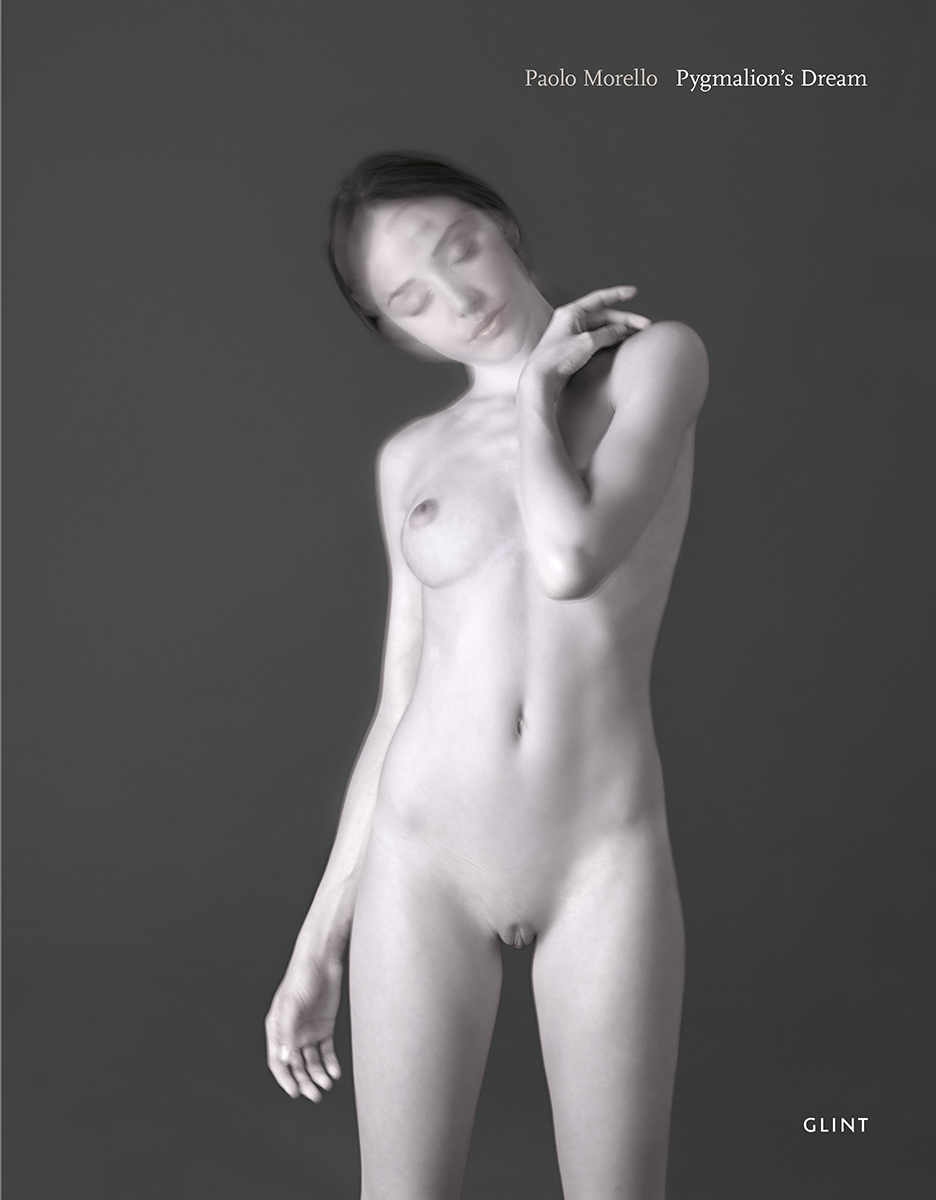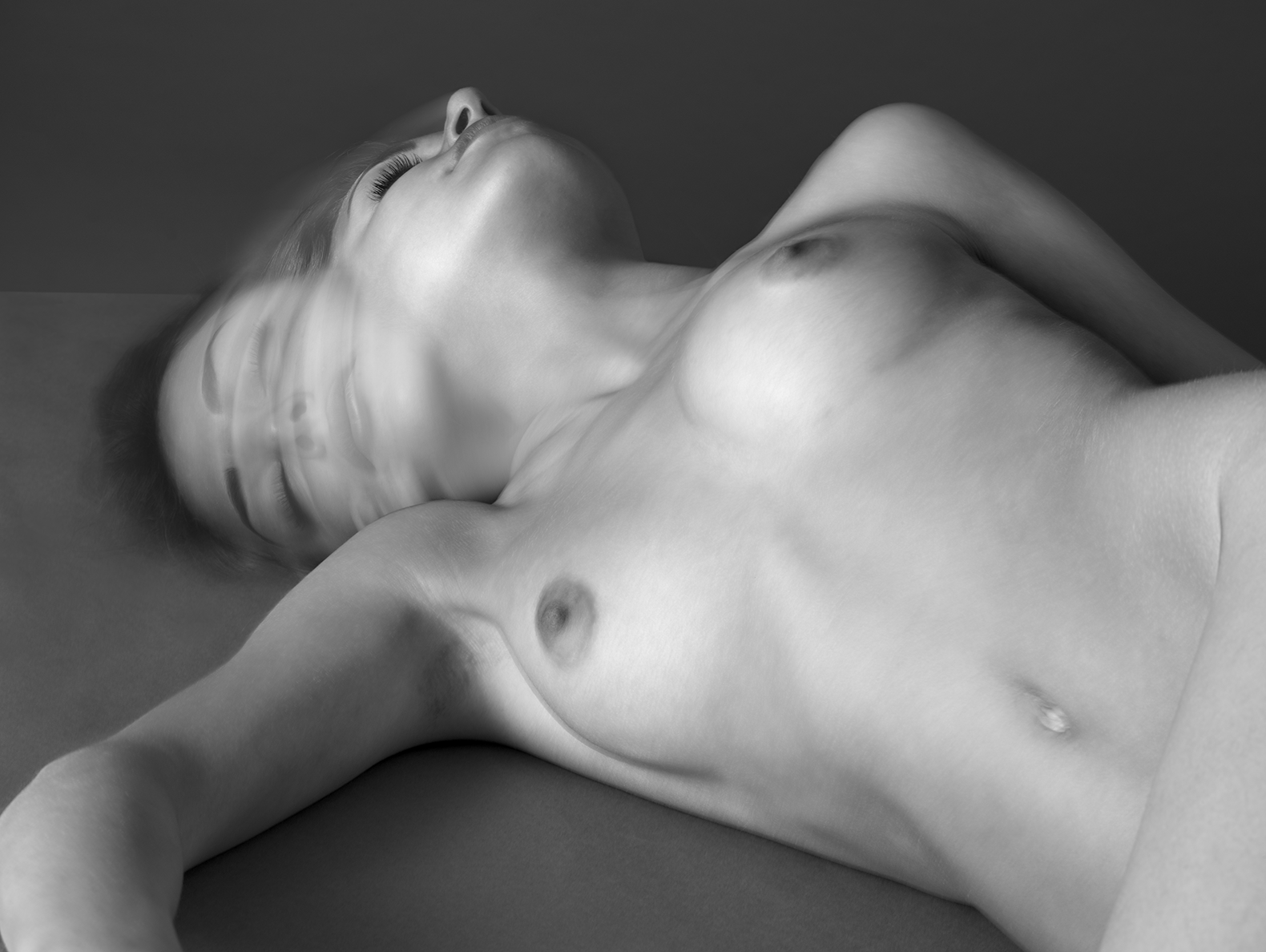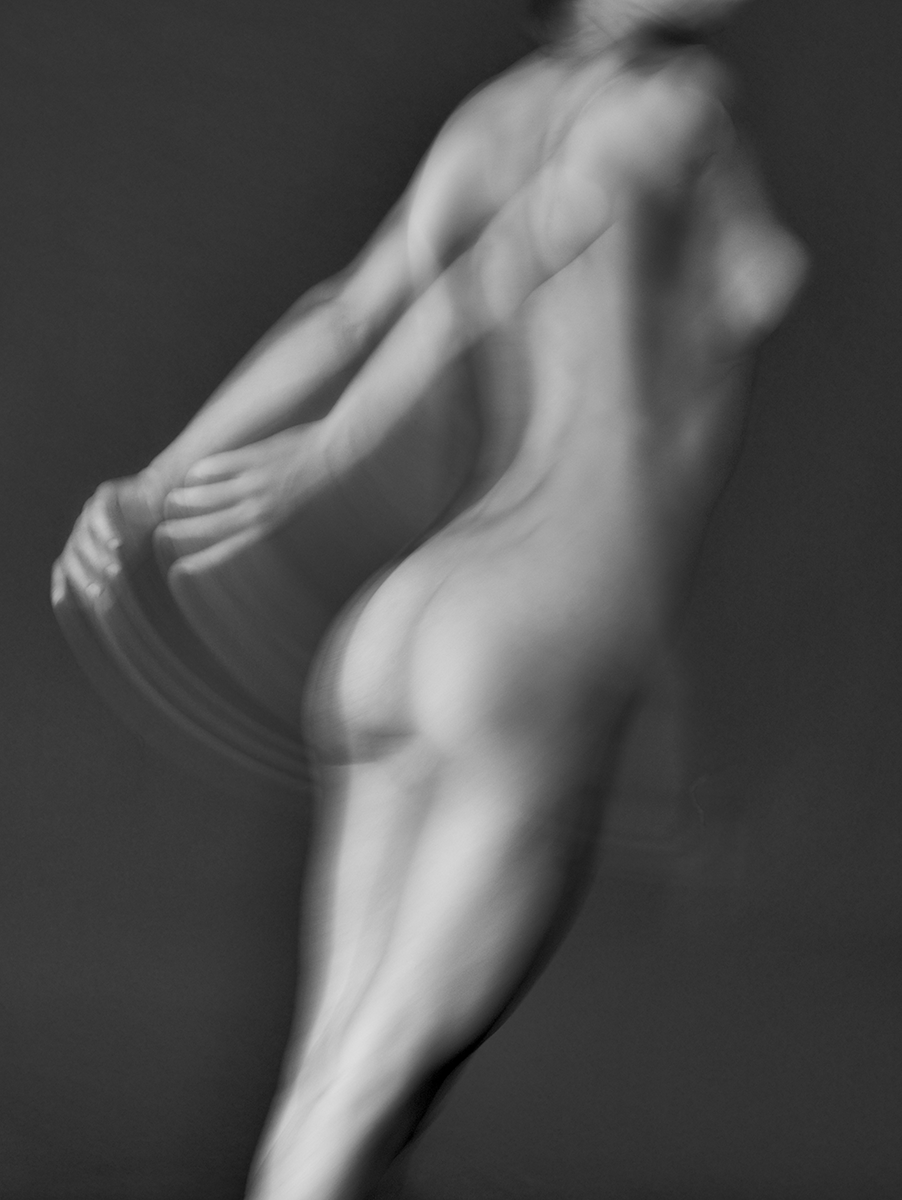Morello, Pygmalion's Dream
Click here to order your copy









Pygmalion, writes Ovid in The Metamorphoses, has lived for a long time on Cyprus, alone and without a female companion. One day, with great skill, he carves a statue of ivory – the eªgy of a woman so beautiful that he falls in love with her. She is beautiful because she seems real. Will photography ever give form to póthos, to a desire for something absent, like the one Pygmalion feels for the woman he has never had? May we consider photography, like every other art form, as the embodiment of desire, the outcome of projective love? We have been taught that photography can only reproduce an object, or an actual occurrence. Better: that there is “no photograph without something or someone”. If Roland Barthes were right, we would have to say goodbye for ever to Pygmalion’s dream: a statue is a statue, and will never become a real woman. We would have to immediately abandon, without any further hope, the possibility of regarding photography, like any other art, as the outcome of the desire and thought of the artist who produces it.
Fortunately, photography is a much more varied and complex universe than Barthes imagines. Photography can undeniably represent dreams, and not only that. Objective reproduction is but one of the manifold functions that photography is able to carry out; and there is no reason to regard this as a necessary, essential, ‘ontological’ condition of this multifaceted art. It is only one possibility among many. Images are extraordinarily effective in activating the deeper regions of the unconscious, as deep as those where fears, desires and erotic urges lie concentrated. Only when we have recognized this immense power, will we fully understand the visionary energy of Pygmalion’s dream.